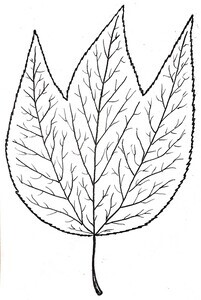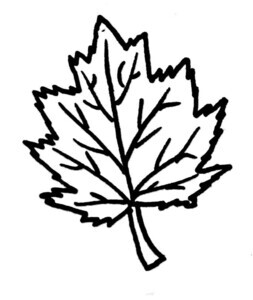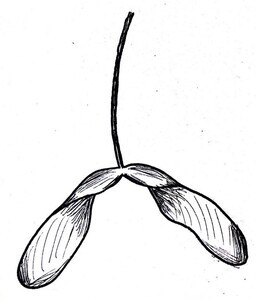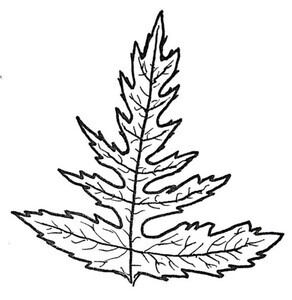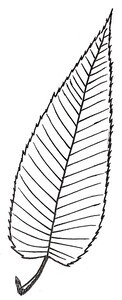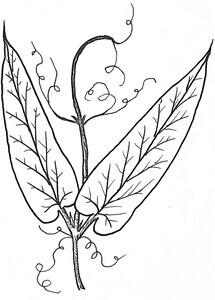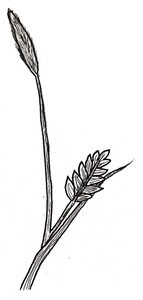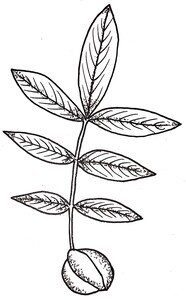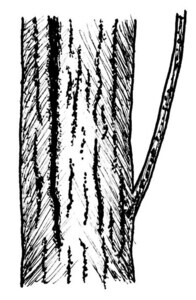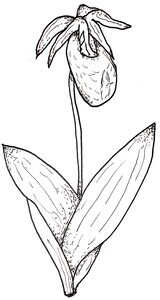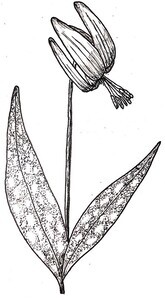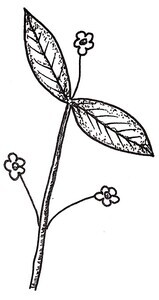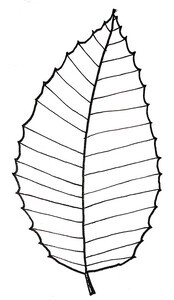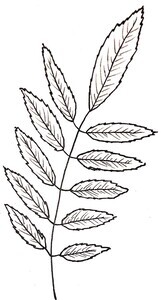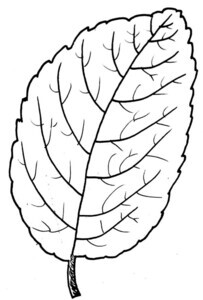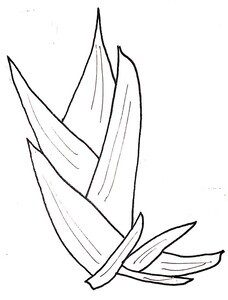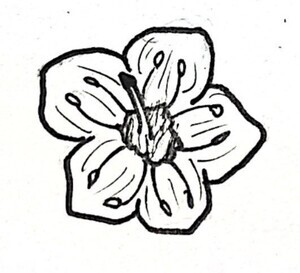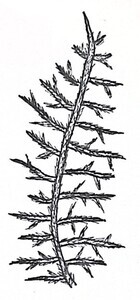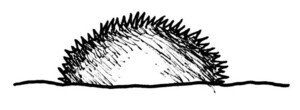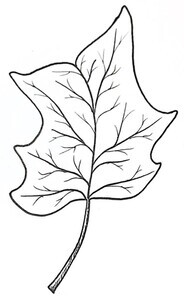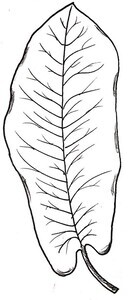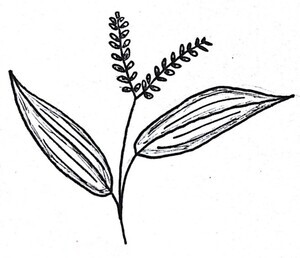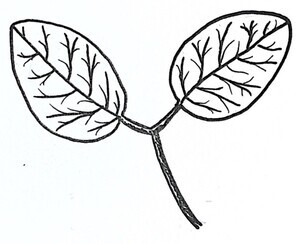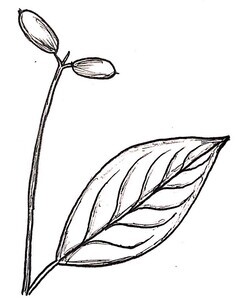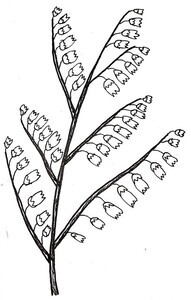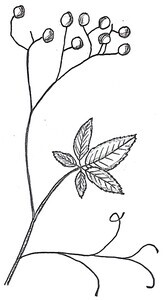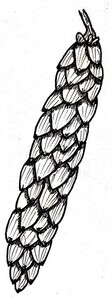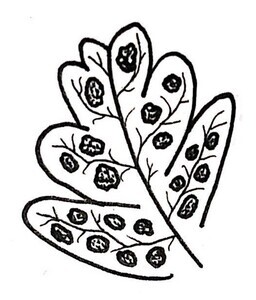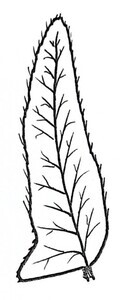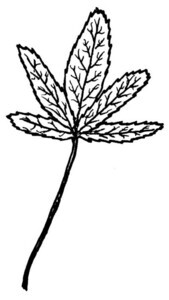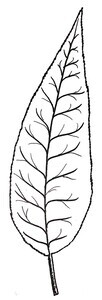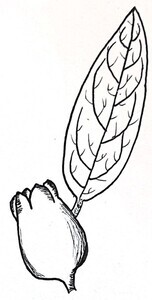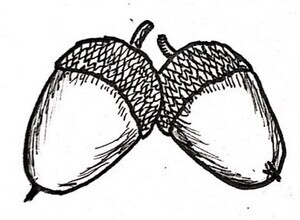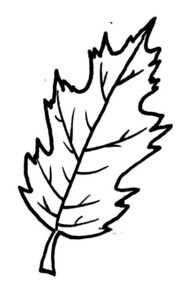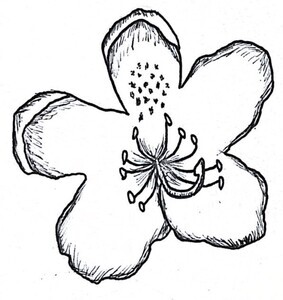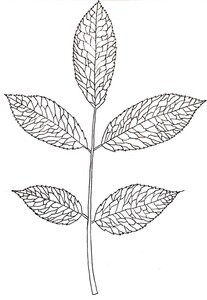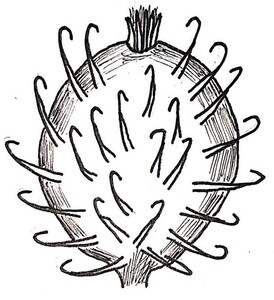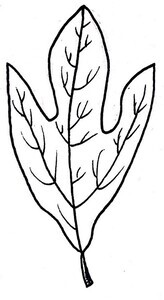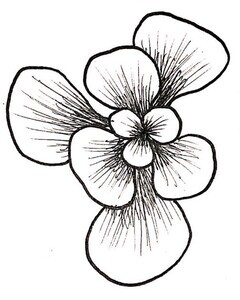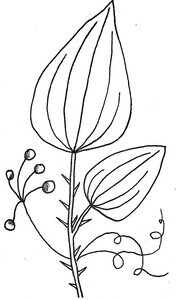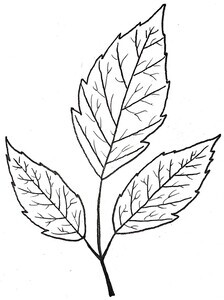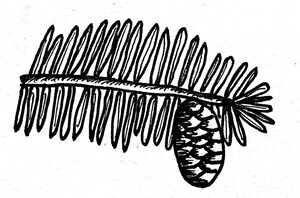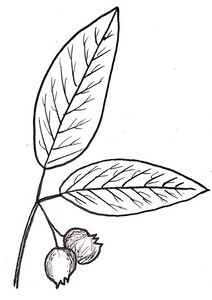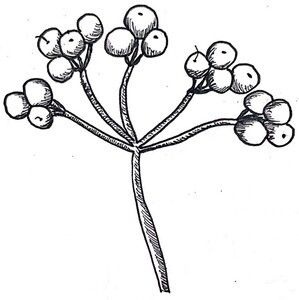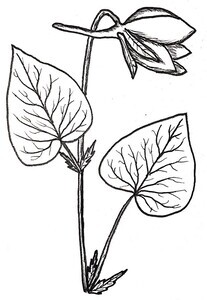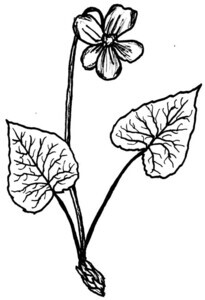Nostalgia
Given the timing of the chestnut blight’s introduction, rate of spread, and time that has passed since the total devastation in Central Appalachia (Fig. 2), there are no people alive today that are living prior to the blight in the area. Therefore, the past emotions are passed down from generation to generation or inferred from archival materials (as seen above).
The term ‘majesty’ and ‘reverence’ were used often when people of Appalachia referred to the Chestnut’s past ways of existing. Ken expanded on these emotional ecologies when he used to talk with ‘old timers’ and said
“They spoke with a reverence. I can see it, I just can’t even really quite describe just the way they said the word ‘that’s Chestnut’…They would always say it was just all the old timers used the same phrase, ‘that’s Chestnut’…Not until way later did I really understand why they would use such a reverent comment phrase ‘that’s Chestnut’… They never missed that chance to say it anytime we saw a dead chestnut tree.”
Ken
Ken also explained these stories of nostalgia with reverence. There was an honour in the way the stories of the Human-Chestnut relationality were passed down as well. These emotions are rendered political in the comparative ecologies of how capitalist structures exploit natural resources (such as forest ecosystems), but in the region of Central Appalachia, the ways of living once were and continue to revere multispecies assemblages by the way people talk about a world that once was. Another thread of the honour involved in Human-Chestnut relations was expressed by Sara when she discussed her:
Sara,
click text to visit interview
In imagining a world to come where there is a blight resistant Chestnut, she wants to plant the tree for commemorative purposes. These relations in total are placed within an intrinsic valuation of plant life in their ways of living. Further, when considering the political ecology of nostalgia , there is a deep tension between reverting the past whilst also continuing to progress, and lying in the middle is the Human-Chestnut relationship as the American Chestnut is stuck between the two timelines (Mukta and Hardiman, 2000).
